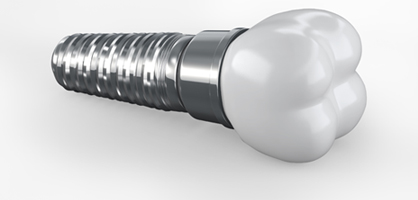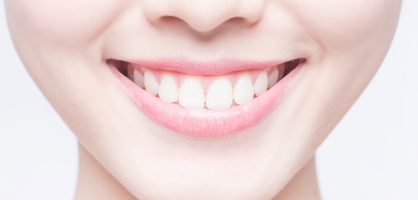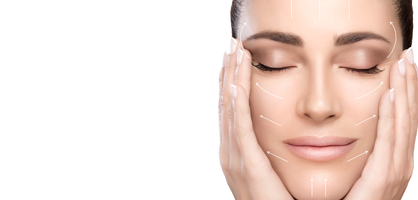Tooth Whitening
Patients will often be aware that despite a conscientious brushing and flossing regime it is not always possible to prevent or remove tooth staining especially inaccessible areas. Whilst essential for maintaining good oral health hygiene these routine measures will have little or no effect on the intrinsic colour of the teeth.
Plaque and tartar are a common cause of yellowing whilst smoking, tea, coffee and red wine along with some medical products can all stain the surface of the enamel. Teeth may also discolour from within. For example, the use of certain antibiotics in childhood may affect the colour of teeth. In addition teeth may change colour with age or as a result of trauma.
Techniques from America are now available to remove those stains caused by pigmented complex compounds forming within the layer called the surface pellicle on the surface of the tooth or from within the enamel or dentine. Oxidation of the chemical produces used eventually render the pigment fragments colourless, and thus lighten the shade of the teeth.
For ‘instant’ results, the in-surgery bleaching can give up to nine shades of lightening within one hour of actual treatment. Those patients who do not have the time to spend 90 minutes in the surgery are catered for by the ‘at home’ bleaching trays. For suitable patients a ‘quick result’ method of the ‘at home’ system is also available.
Number of Appointments
- At home whitening: Usually 3
- In surgery whitening: One visit
Completion of treatment
- At home: 14-21 days
- In surgery: 90 minutes
Advantages
- Does not require the loss of tooth substance.
- May be repeated until desired result obtained.
Disadvantages
- Occasional temporary sensitivity from treated teeth.
- Occasional chemically induced soft tissue irritation.
Method
- The teeth are professionally cleaned prior to treatment.
- At home: A chemical paste is applied to the teeth inside a whitening tray, each night for 2-3 weeks.
- In surgery: Teeth are covered in chemical and exposed to light source for 3 x 20 minutes.
After care
Prescribed use of specially formulated toothpaste to maintain the resultant lighter tooth shade.





